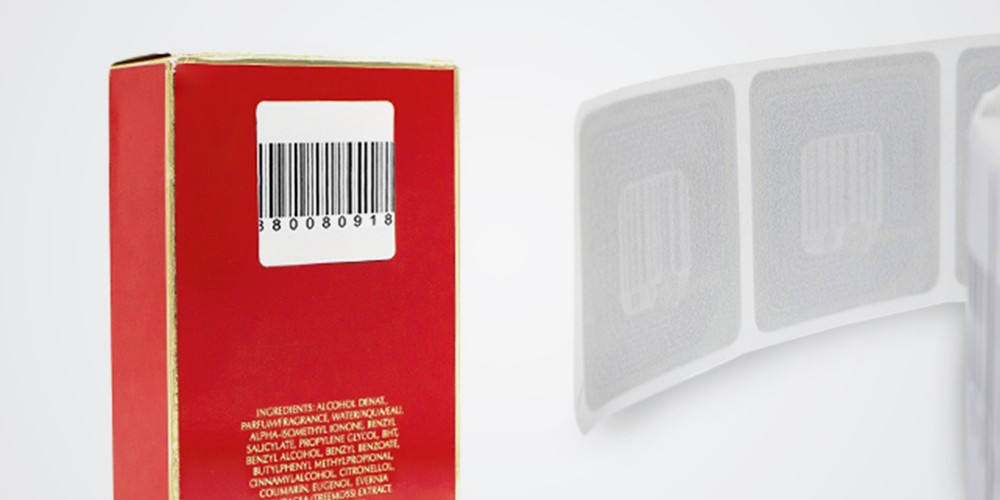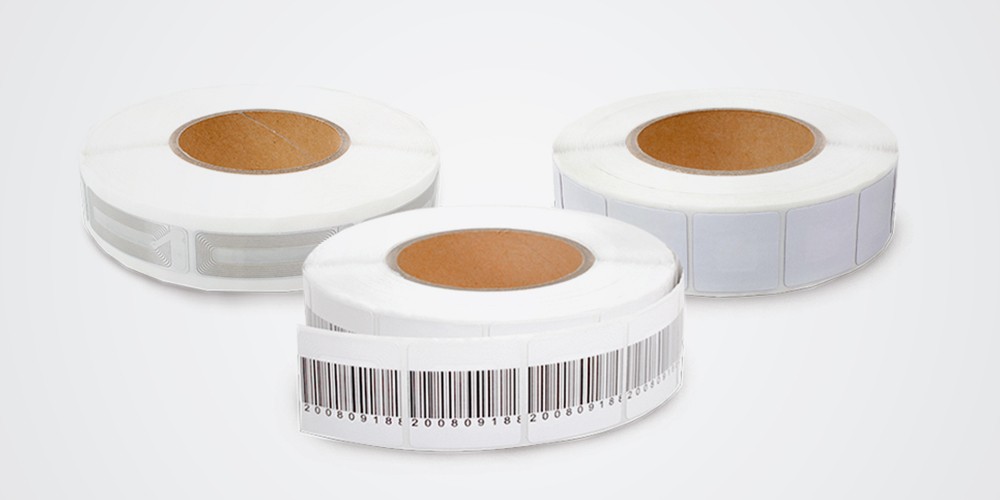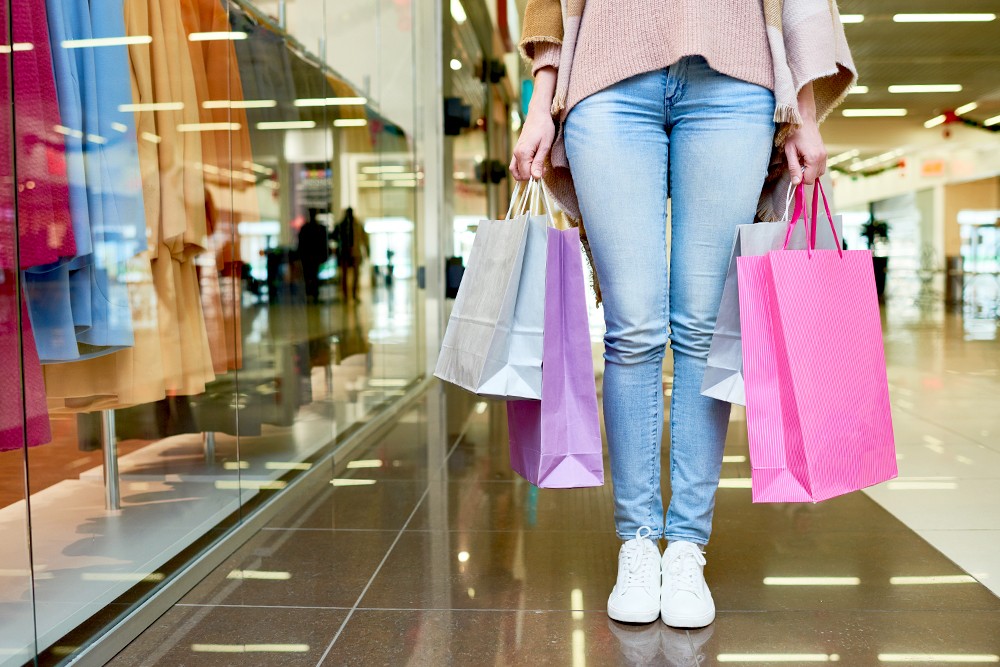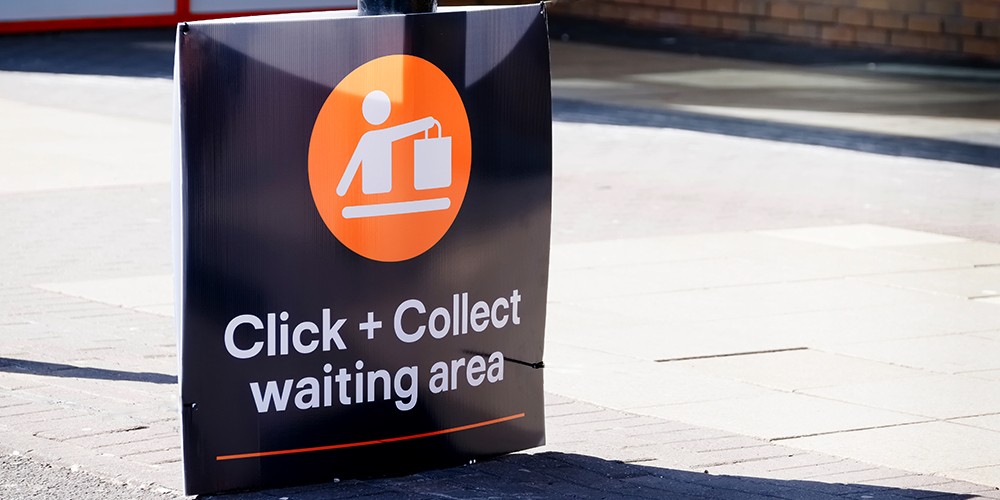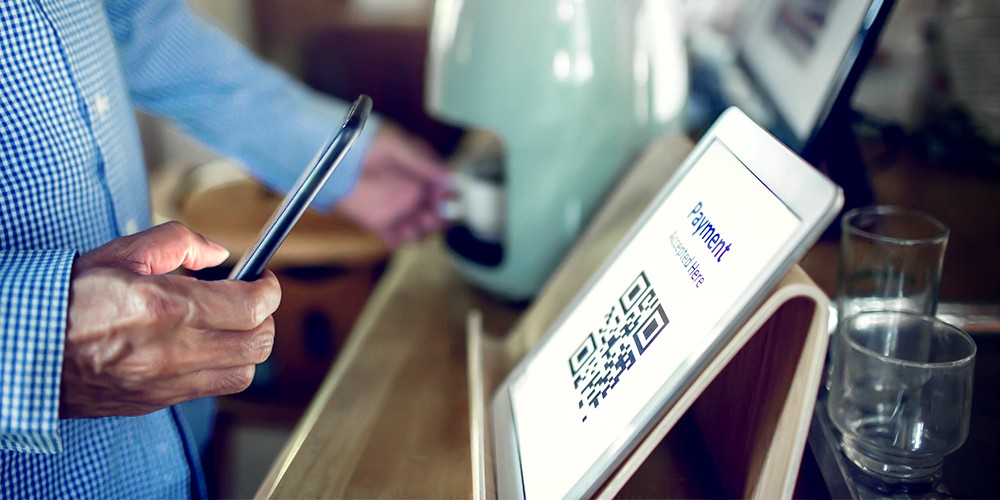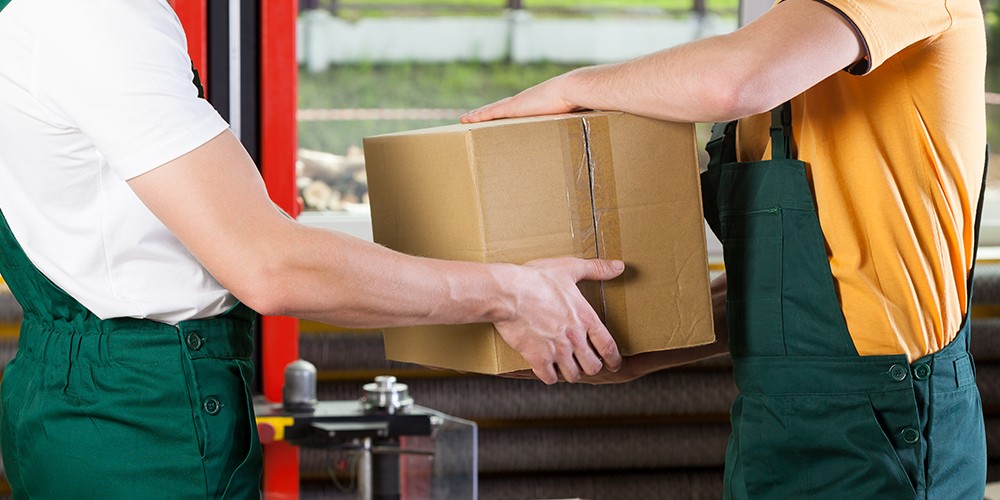This year retailers could be forgiven if the holidays were the furthest thing from their mind, but in 12 short weeks, it will officially be Christmas.
Although holiday shopping may look a little different to years gone by, like any other year the lead-up is likely to result in increased foot traffic and increased shoplifting.
So as retailers order products and ready to stock their shelves now is also the time to turn their attention to the electronic article surveillance system protecting their products to ensure it’s ready for the retail rush.
Here is our pre-holiday checklist for EAS.
EAS antenna and infrastructure
Like any piece of technology, the EAS antenna that guards the store requires regular servicing. Now’s the time to ensure the system is working as it should, that false alarms are minimised, and your staff know how to use the system properly.
It could be time to call in the technician if your antenna is regularly sounding false alarms (the sensitivity might be too high) or the system is failing to identify tags in its vicinity.
Meanwhile, as part of general store operations, staff should perform a daily test of the system based on the manufacturer’s instructions prior to opening the retail outlet each morning.
In addition, EAS antenna has an exclusion zone of around three feet around them. This zone should be kept free of displays, products, and even metal or foil decorations to eliminate false alarms. Ensure staff are educated about this.
Checklist
- Have your EAS antenna serviced to ensure it is working properly
- Train staff on the daily procedure of testing the system in accordance with the manufacturer’s instructions
- Consider whether you need additional EAS infrastructure such as a system that guards the changeroom against tag tampering.
Security tags
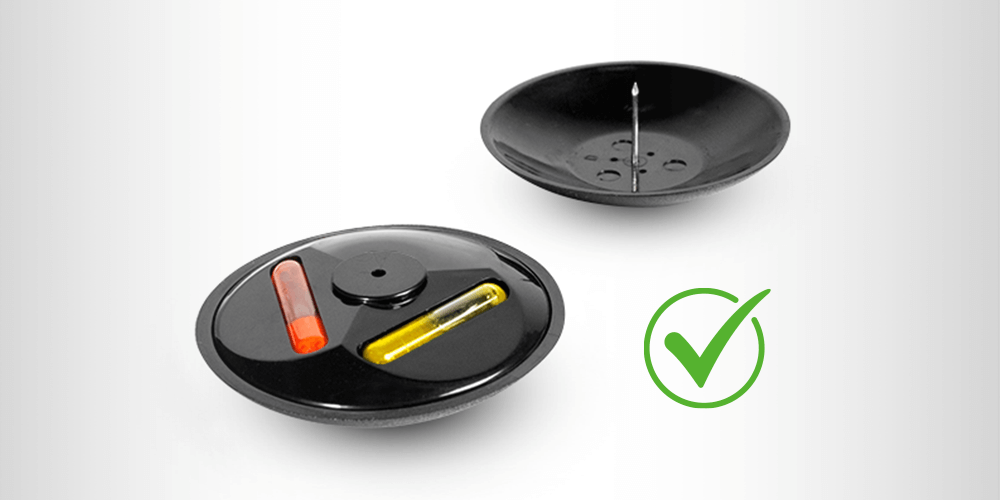
In the lead-up to the holiday season, retailers should ensure they order sufficient security tags to protect the increased inventory that is held during the holiday shopping period.
This is also a good time to consider whether the strength of your security tags is adequate. Tags come in different locking strengths that range from standard to superlock, hyperlock and multipolar.
If your store is a frequent target of shoplifting, or tags are found on the floor or in the change room, it’s time to upgrade the tag strength.
Similarly, the pinheads that attach the tag to an item are available in different sizes and shapes. The larger the pinhead, the less likely it is to be forced through an item for the tag to be removed.
Meanwhile, additional strategies like benefit denial ink tags can mitigate the potential for shoplifters to tamper with tags
Checklist
- Order any additional tags that will be required
- Upgrade tags to at least superlock strength to mitigate tampering
- Order larger pinheads to minimise tampering and tag removal
- Ensure you have the right tag for the right product – there are tags designed for specific items like eyewear, golf clubs, footwear etc
- Consider whether an additional layer of security may be required in the form of ink dye pinheads
Security labels
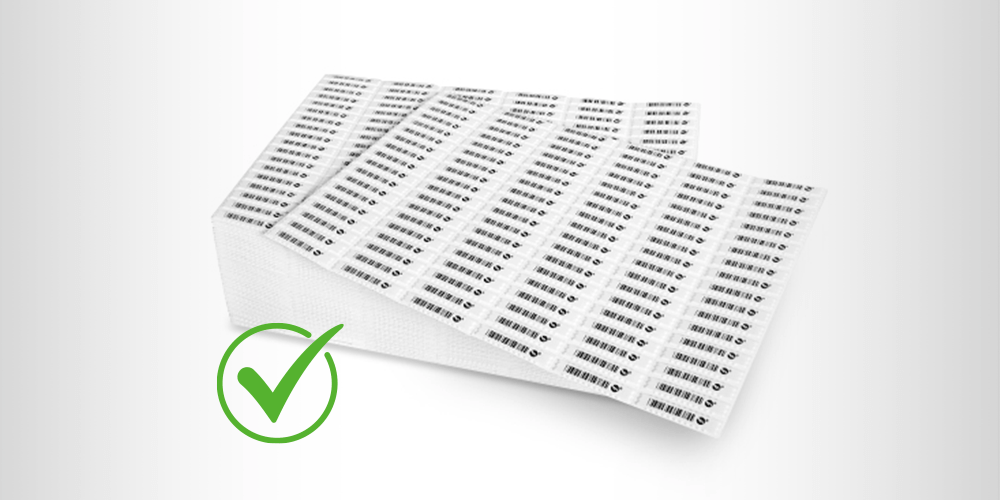
With more products passing through your retail outlet, additional security labels will be required to protect high-volume products or items that aren’t suited to tags.
Checklist
- Consider what type of products need protection, and whether you want labels with barcodes included, or wish to print on them yourself
- Order a sufficient number of labels
- Train staff on the positioning of labels – they should be positioned near the barcode for ease of deactivation at the point of sale
Deactivators and detachers
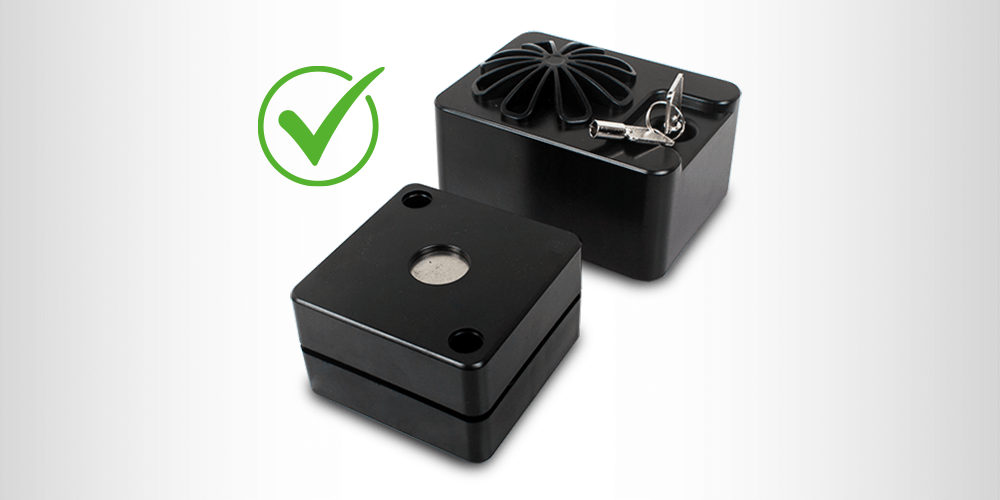
Labels require deactivating, while tags need to be detached. Retailers should ensure there is a sufficient number of tag detachers for all staff manning the Point of Sale, while the label deactivators need to be positioned correctly for swift transactions.
Meanwhile, detachers should be protected to ensure they are not the target of theft.
Checklist
- Check deactivators are working correctly
- Ensure detachers are suited to the strength of tag being used
- Order any additional detachers and deactivators
- Secure detachers at the POS
Staff training
Staff should be properly trained in the use of the EAS system and the positioning of labels and tags. With additional staff likely to be employed prior to the holidays, that makes now the time to look at your training procedures and ensure EAS is covered.
Checklist
- Ensure EAS is covered as part of staff induction
- Management staff should know how to test the antenna system daily
- Do staff know what to do when an alarm sounds?
- Can they identify a real alarm versus tag pollution?
- Are they abreast of the product exclusion zone around the EAS antenna?
- Have you trained them in the positioning of tags and labels?
After a challenging year for the retail sector, the holiday season is an opportunity for retailers to regain some financial ground. As part of this, they should be ensuring their loss prevention is up to par to protect their store against theft.
As EAS is an integral tool in mitigating shoplifting, now is the time to crosscheck it is working as it should, that all the required tags and labels are available and that staff are properly trained in the system’s use.


